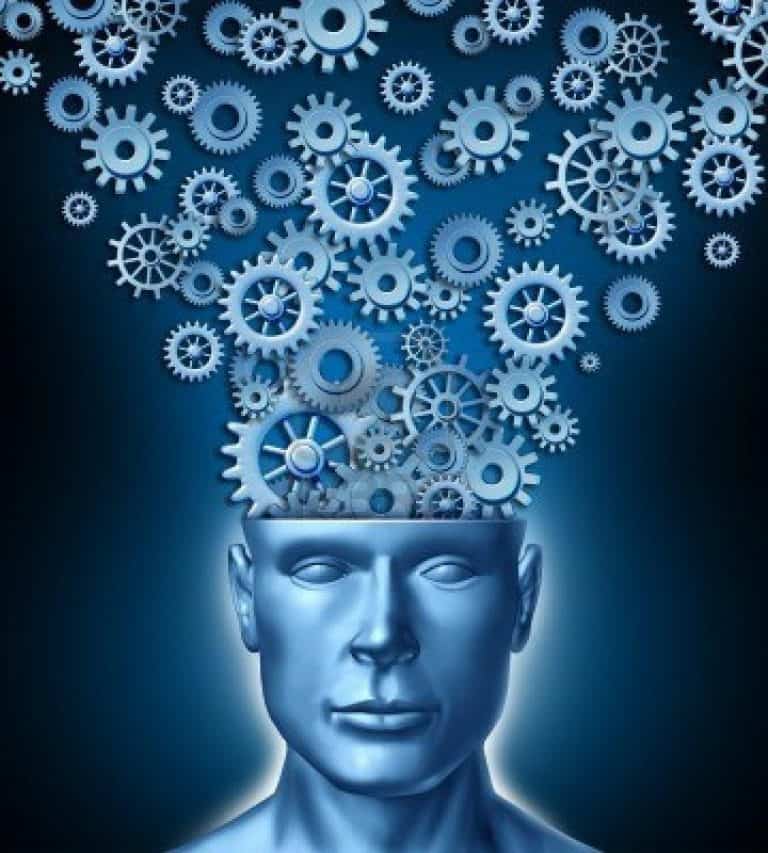An Emoji’s Worth a 1000 Words

My mistake had been to focus too much on the literal meaning of the word at the cost tone and body language, aspects which are also difficult to translate into text. This limitation in written communication is one of serious note for a society that has seen a rise in instant messaging in contrast to the use of phone calls, (Statistic Brain reporting an increase by more than 7,700% in texts sent per month over the last decade), meaning intonation and demeanour are often lost, drastically influencing the intended meaning.
One outcome of our need to inject additional context to a message has been an increased use and variance of emojis. So endemic is our current reliance on these smiley faces and pictures, that the BBC recently reported emojis being used to help software detect emotion and sarcasm. This is easily demonstrated when we consider how radically the understanding of the below can change with the addition of a single emoji.

The above characters have the power to change the tone of a message from shock to excitement, from relief to disappointment.
A more traditional way of inserting emphasis has been to leverage different font styles to reflect a certain tone. I think we’d all agree that the following all say something very different:

However even with such additions and variations, the British language continues to be referenced for its subtlety in meaning and indirect messages, as highlighted by an article in The Economist, which uses the below examples to illustrate how we’re often guilty of not saying what we mean:
- “That’s not bad” – Translation: That’s good.
- “I’ll bear that in mind” – Translation: I’ve forgotten it already.
- “Could we consider some other options?” – Translation: I don’t like your idea.
- “This is a very brave proposal” – Translation: You are insane.
Such observations are not to say (ironically) that we are therefore incapable of being direct or properly understood. However, given that we’re a species which has evolved using oral communication, the rich layers of added meaning and context that have developed over thousands of years of face to face interaction cannot hope to be quickly captured in an email.
Though technology continues to evolve in an effort to conveying our subtler forms of communication, with voice notes, emojis, font styles etc., it often falls short of capturing e.g. a tilt of the head, an eyeroll, an unexpected blush, an emphasised word etc., particularly if we are unaware of the emotions and messages we may be signalling.
This heavy reliance on word alone to translate our full meaning is further perpetuated when we consider that a spoken conversation is a dialogue; with two or more people contributing their intent and emotion; yet this is often not the case for a written message. With an email, for example, the writer holds the power to direct the ‘conversation’, they dictate the tone, decide on the audience and face no interruption, only relinquishing that power once hitting send.
With this in mind, perhaps take a moment to reflect before sending your next email to consider the message you want to convey, as well as the words you want to say.
Do you have any stories to share about communications and the difficulties of conveying meaning? Get in touch at connect@connectwell.co.uk on our LinkedIn .







